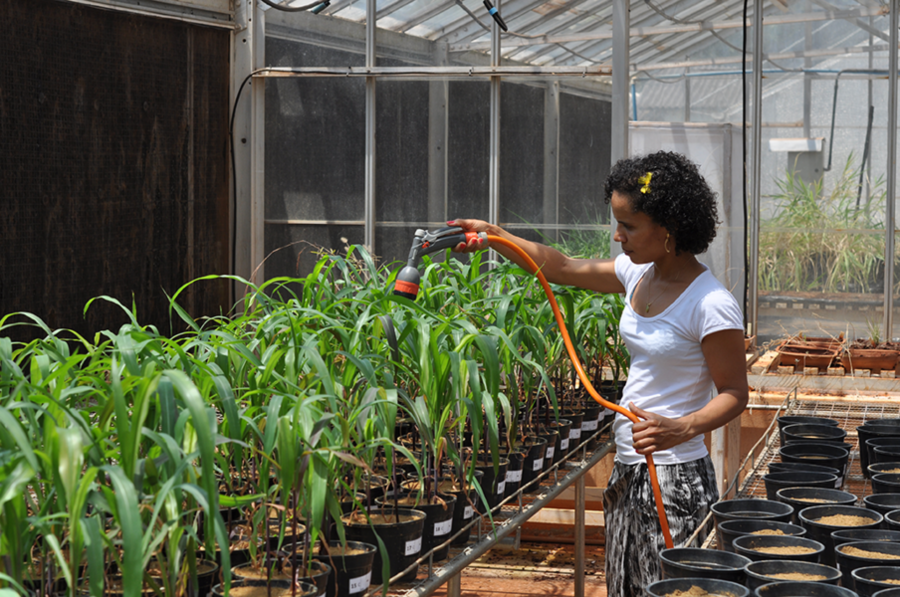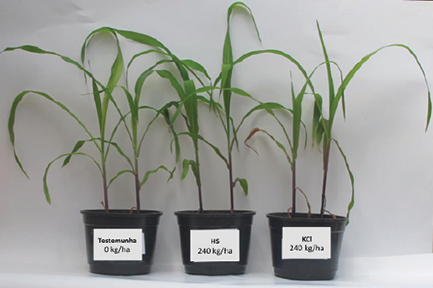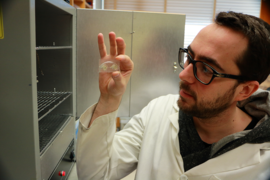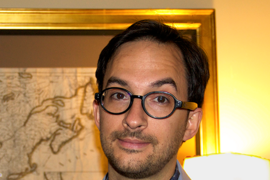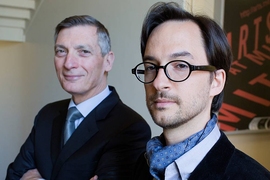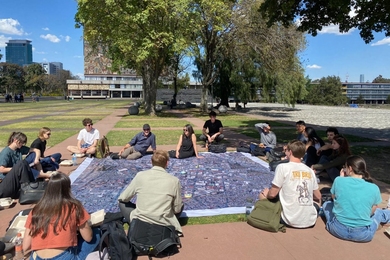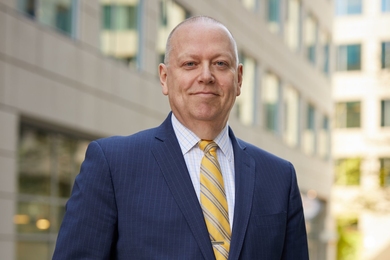Participants from the U.S., Canada, Brazil, European Union, the United Kingdom, China, and Africa will gather on the MIT campus for three days, Nov. 10-12, for the first International Workshop on Alternative Potash. Cost-effective solutions to providing potassium fertilizer (potash) to the Southern Hemisphere are needed as the world's population continues to grow, says Antoine Allanore, the Thomas B. King Assistant Professor of Metallurgy at MIT.
Across the globe, regions in the Southern Hemisphere lack potassium resources, and their soils differ from soils in the Northern Hemisphere. "As of today, they are importing potash from the northern hemisphere," Allanore says. The problem is not so much one of supply as of distribution and cost.
Just as lower world oil prices have curtailed growth in fracking and other alternative fuel sources, a robust market for potash in the Northern Hemisphere has made it cost prohibitive for new potash salt mines to open in the Southern Hemisphere.
"This is where a new technology could change that relationship. This is what all the participants are trying to think about. Maybe we are not looking for the good resource and maybe we are not making the best product and maybe changing that will actually allow the Southern Hemisphere countries access to fertilizer," Allanore explains.
Positive results
Allanore's lab at MIT has been working on a potash alternative from feldspar from Brazil and China, a potassium-bearing rock that can be ground to a fine powder to enhance soil interaction to release potassium. A recent paper by Allanore group postdoc Davide Ciceri demonstrated through microfluidic experiments that feldspar interacting with a strong acid can release sufficient quantities of potassium for agriculture. Separately, a potash alternative developed in Allanore's lab has shown good results in greenhouse tests on maize by the Brazilian Agricultural Research Corp. (Embrapa) in Brazil, where field trials are underway. "They were extremely happy," Allanore says.
"The results show that there is uptake of potassium, so the plant, with this new material, is able to catch what it needs to grow, and there are some additional benefits. ... If you provide too much of a single nutrient, a plant will take a lot of this nutrient and then will forget to take the other ones. Apparently, according to the greenhouse tests, if you provide potassium at a rate that is sufficient for the plant needs, then the plant is better at taking up other nutrients," he says.
World population is expected to grow to more than 9 billion by 2050, according to United Nations estimates, giving urgency to the problem. "What matters is how much potassium is up taken by the plant from the field, and which source is used to bring potassium to the field. This is a truly interdisciplinary challenge. This is why we are bringing here some people who are soil scientists, agronomists as well as geologists, and materials chemists. We need to bring together these different specialists for discussions with each other," Allanore says. The word potash comes from "pot ash," which was named after the pre-industrial practice of obtaining potassium compounds for making glass and porcelain by treating wood ashes with water and concentrating the solution by boiling in a pot, according to supplementary material from a previous paper by Ciceri, Allanore, and David Manning. The chemical symbol for the element potassium is K, and the metric for the fertilizer is the amount of contained K2O, despite the fact that this molecule is never present in the resources, e.g. KCl.
Public session
The first International Workshop of Alternative Potash will hold presentations, which are open to the public in Room 4-237, from 9 a.m. to 3:30 p.m., on Wednesday, Nov. 11. The event is co-sponsored by MIT Environmental Solutions Initiative.
Public sessions include:
- "The Global Potash Situation," Professor David Manning of the University of Newcastle in the UK and Professor Antoine Allanore of MIT;
- "K-cycle," Lisa Stillings of the U.S. Geological Survey and the University of Nevada at Reno;
- "K-Silicates as Alternative to KCl (Potassium Chloride)," Professor David Manning of the University of Newcastle;
- "Rocks for Crops," Professor Peter Van Straaten of the University of Guelph in Canada;
- "20 Years of Silicate Fertilizers in China," Professor Jian-Ming Liu of the Chinese Academy of Sciences;
- "K-Fertilizer Developments in Brazil," Eder Martins of Embrapa;
- "Recent work on K-Feldspar at INRA," Professor Edith LeCadre of Montpellier SupAgro and INRA in France; and
- "Processing of Silicate Minerals for Fertilizer Application," Professor Antoine Allanore of MIT.
Closed workshops
Closed workshop sessions will bring together about 20 people from government, private industry, and non-governmental organizations. Participants come from a variety of backgrounds including business development in Africa, the economics of growing crops, or mining. "We will selectively discuss some of the key topics, like what's the role of the private sector, how do you move from laboratory research to an actual demonstration in the field, and issues like what is the economy behind small farmers, big farmers," Allanore says.
"Part of the workshop is dedicated to finding a way that we can make sure our message is heard by the overall community," he adds.
Novel chemistry
When potassium chloride salts are mixed in soil, they dissolve and break apart into positively charged potassium ions and negatively charged chlorine ions. "One proposition is to use a different compound," Allanore explains. "What if we put, for example, a silicate rock where potassium is inserted into the rock and when it dissolves, you don't have chlorine in solution." Allanore's group has a patent application for such a process under review.
Allanore sees in his work echoes of MIT founder William Barton Rogers' interest in agriculture and mining as well as the economic history of potash. "Those basic issues were really the origin of MIT," Allanore says. As a coincidence, the Nov. 11 date of the public forum of the Workshop of Alternative Potash, Veteran's Day, was originally Armistice Day, marking the end of fighting between the Allied nations and Germany on Nov. 11, 1918. Germany, which held a monopoly over potassium salts at the time, halted their export in 1910, one of the factors leading up to World War I. The U.S. struggled for a decade to meet its fertilizer needs, turning to alternative methods just as countries in the Southern Hemisphere now struggle to meet their needs.
"I think we are in a good place because MIT was founded to do this type of development, especially by the founder Barton Rogers, and also it's a good date because it reminds us that if we don't do anything on potash, then we end in a very tragic situation," Allanore says.
Global connections
Allanore's international connections have led to a sense of optimism, he says. He attended a potash conference in July in China, where he met Professor Jian-Ming Liu from the Chinese Academy of Sciences. "He presented what he had done for 20 years, and I presented what we've done at MIT for the last three years, and we end up in the same direction," he explains. "We see people are converging toward the agreement that, yes, this is reasonable because there are alternative resources. Yes, there are technologies that we can develop to make it a good fertilizer, and the soil and the plants are going to benefit from this alternative approach."
Learn more at the symposium website.
